In her debut novel, The Many Selves of Katherine North (Bloomsbury Circus, £12.99 / Audible £18.99), Emma Geen draws on her background in psychology and philosophy to tell the story of Kit, a phenomenaut whose consciousness is projected into the bodies of lab-grown animals as part of research to help humans better understand them. After a jump as a fox ends badly, Kit becomes suspicious of the work she’s dedicated her life to.
How did you draw on your background in psychology and philosophy to write The Many Selves Of Katherine North?
The Many Selves Of Katherine North was born from philosopher Merleau-Ponty’s Phenomenology Of Perception and a passage in my old philosophy lecturer Havi Carel’s book Illness about how a person in a wheelchair experiences the world differently. I had started writing the novel right after my philosophy MA and set out with the explicit intention to embody the ideas I’d been learning about in fiction. The fact that I was writing about body, self and personhood meant that my studies into psychology and neuroscience were naturally relevant too.
There’s a rich history of female writers and characters in sci-fi but the genre is still dominated by men. Why do you think this is and were you consciously trying to address it?
I’m not sure that I’m equipped to give a full answer here but it’s fairly certain that it comes down to the good ol’ patriarchy. Gender stereotypes still shape how the publishing world markets books and what (and who) it takes risks on. They also influence what booksellers think they can shift and to whom – two closely interconnected issues. It disgusts me how a lot of bookshops will feature only one or two female authors, often Le Guin, in their science fiction sections. There are a lot of great female science fiction writers out there and a huge female science fiction readership, but it takes a bit more active effort to seek them out. Though science fiction was the primary genre to be found around my house growing up, it took me many many years to realise that it could be for me. Mind you, I think a lot of popular culture in general is dominated by men. I’m reminded of the recent awful CBS decision to cancel a potential Nancy Drew show because it was “too female”. They certainly wouldn’t cope well with a lot of things I write, as I occasionally stop and realise that a piece I’m working on has basically no male characters whatsoever. Though this is never really a conscious decision – these observations just cause me to shrug and keep on going. I could write exclusively about females for the rest of my career and the balance still wouldn’t be anywhere equal.
I saw on your website you received feedback from Ursula Le Guin – what did she say?
Le Guin is a favourite author and one of the few people that I come close to hero-worshipping, so I was extremely excited when her assistant left a comment on my website saying that she was going to send a letter, though it turned out to be not quite as exciting as I’d hoped. She mainly wrote very kindly and sweetly to say that she liked the fox drawing that I’d sent her to go with my book. It reminds me a little of the Tommy Cooper joke about finding a Stradivarius and a Rembrandt in your attic – shame that Stradivarius was a rotten painter and Rembrandt couldn’t play to save his life. In other words, I got a compliment from Le Guin but it was on my art! She said that she looked forward to reading the book though, so fingers crossed, but I’m not holding my breath as I know that she must get swamped by proofs.
Speculative literary fiction is seeing a mainstream resurgence. How influenced were you by recent additions to the genre?
I was inspired by Atwood’s Madaddam series, though most of my key influences are less recent. Atwood, Butler and Le Guin are my holy trinity. It’s also worth mentioning that I started writing this book six years ago, so it had already taken shape before much of the most recent speculative work came out.
How much research can you feasibly do for a book like yours?
I guess “feasibly” is the key word here, so the answer all comes down to how much you value your sanity! We can never fully understand what it is to live as another animal – there is always more to guess at – so the research is potentially inexhaustible. One of the themes the book deals with is the uncanniness of trying to understand the unknowable, so I wasn’t too bothered with pinning down the “facts” too closely. I take comfort in the knowledge that there aren’t going to be any foxes writing me angry letters about the book’s inaccuracies and though some researchers might get peeved at my ignorance of some zoological theory or another, they ultimately cannot know what it is to be a fox either.
Protagonist Kit hopes her work will help humans better understand their relationship with other species. Do we have work to do in this area?
Lots of work! Scientists have only very recently really started to acknowledge that other species have forms of consciousness, subjectivity, emotion and culture and I hope that this shift is only the beginning. Not to mention that this science has yet to work through into how broader society relates to and thinks about the more-than-human. If there is any justice in the world, such thinking should have huge consequences for animal welfare and environmentalism.
Tell me about your PhD research.
I’m doing a creative writing PhD, so it’s made up of a creative piece and a critical accompaniment. The critical piece is (currently) exploring the novel as a psychosomatic phenomenon. The creative piece is a magical realist? fantasy? science fiction? novel about a girl who stops speaking and finds that her life changes drastically as other people start to tell her stories for her. Among other things, it explores postcolonialism and fairies.
Antonia Charlesworth

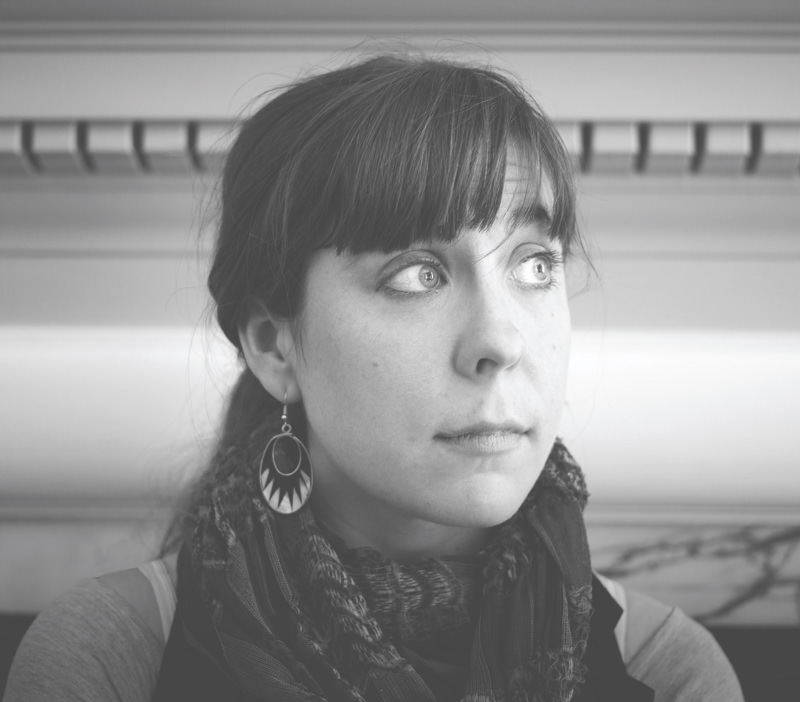
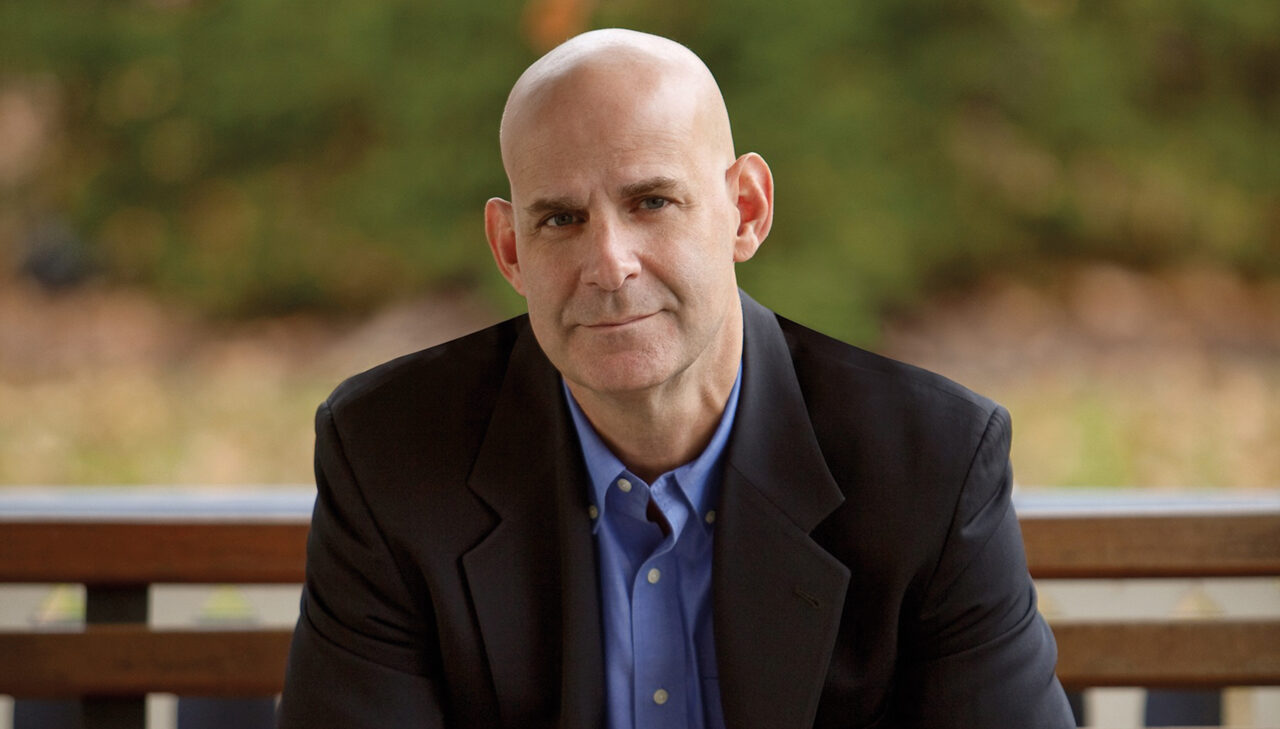
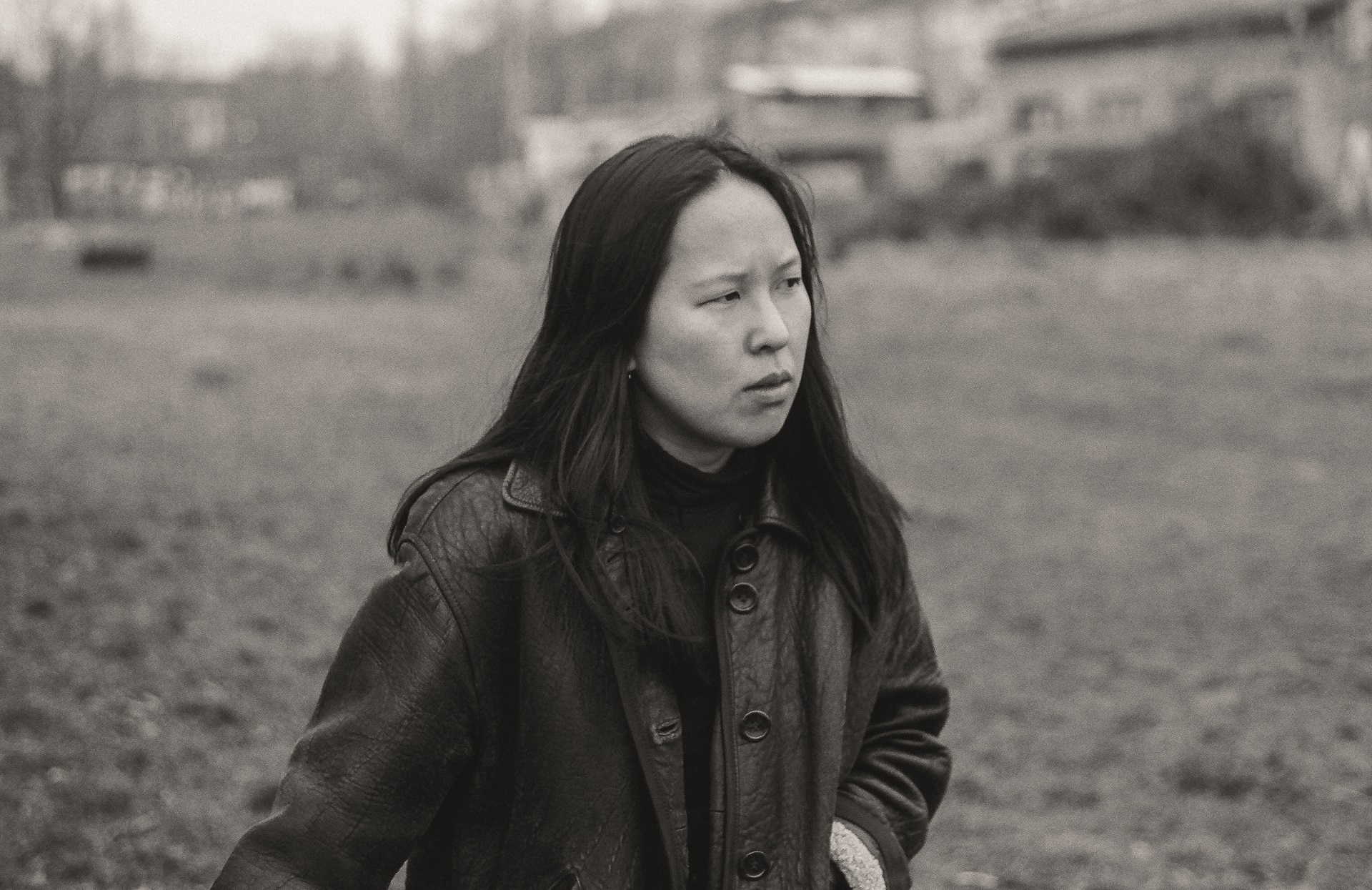
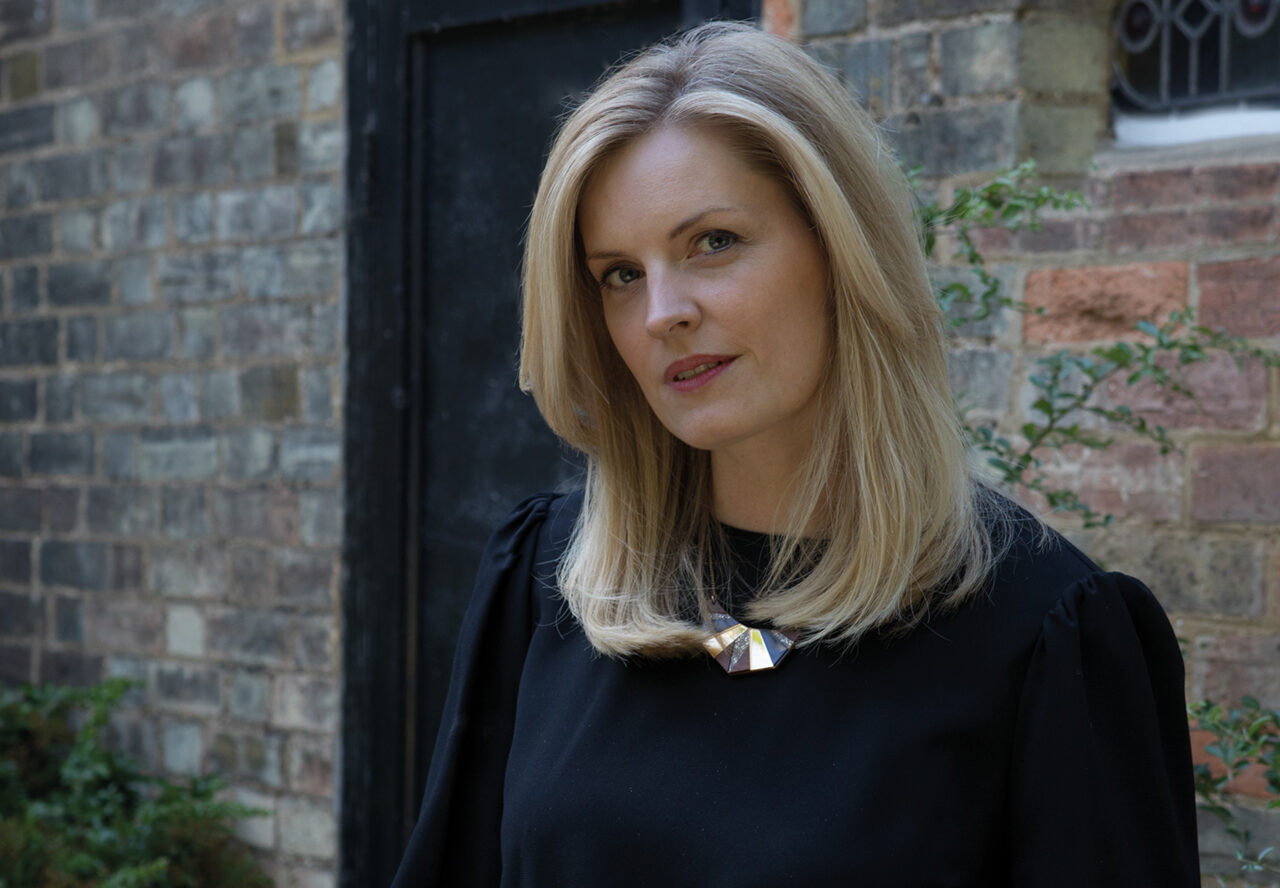
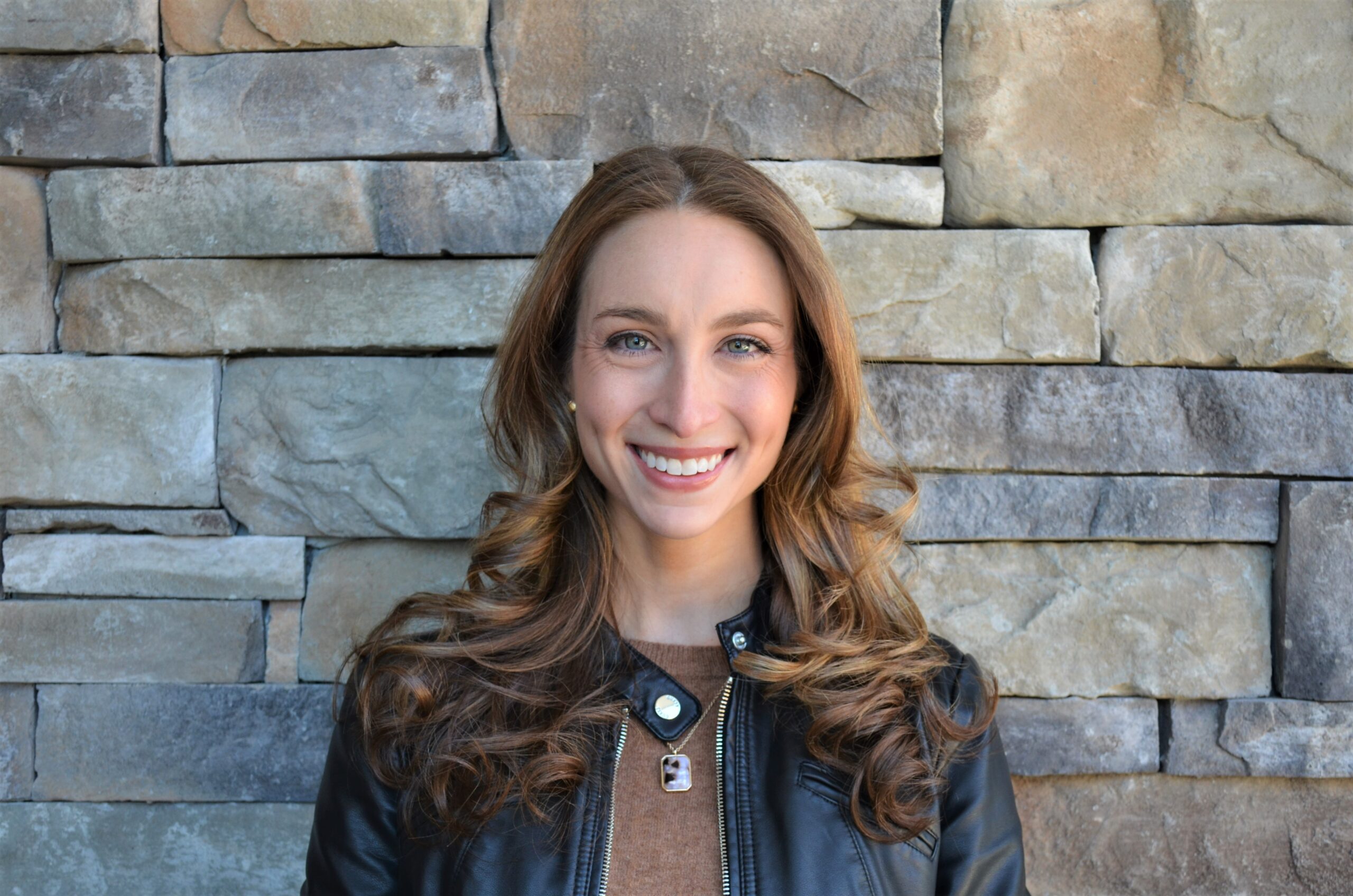

Leave a reply
Your email address will not be published.